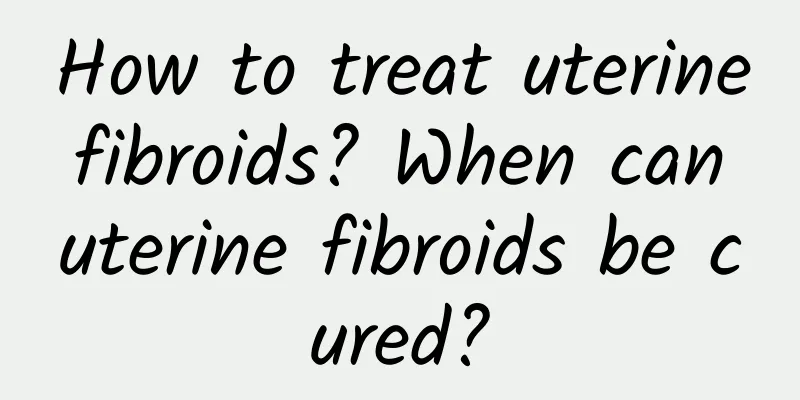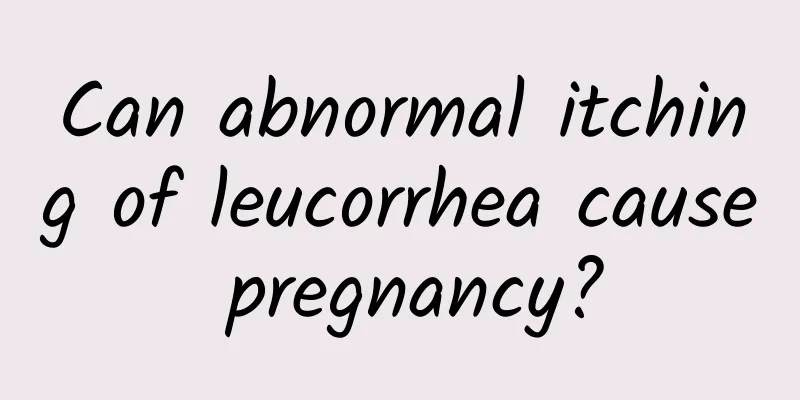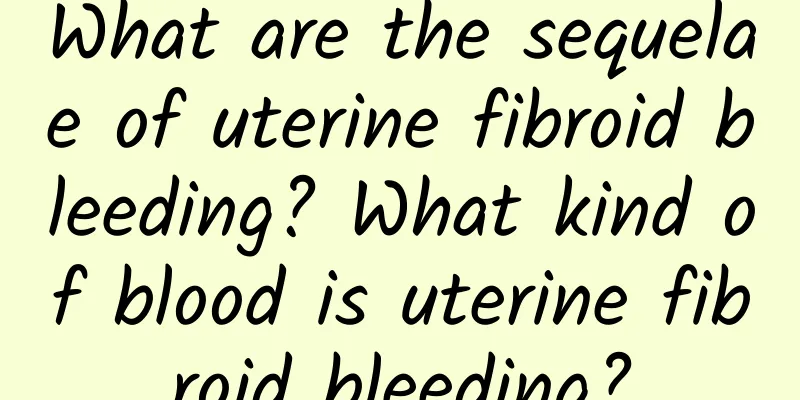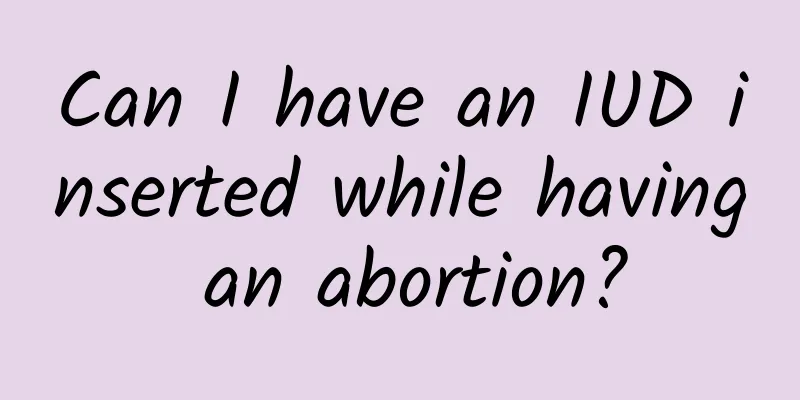How to treat uterine fibroids? When can uterine fibroids be cured?

|
Uterine fibroids are a common disease in women, but their cause is still unclear. According to a large number of clinical observations and experimental results, fibroids are a type of tumor that depends on estrogen for growth. For example, it is common in women of childbearing age, 30 to 50 years old, especially in high-estrogen environments such as pregnancy and exogenous high estrogen, and fibroids gradually decrease after menopause. What is the treatment for uterine fibroids? How to treat uterine fibroids? Uterine fibroids are a common gynecological disease that has a more serious impact on women's lives and work, but if not treated early, some patients with uterine fibroids may transform into malignant tumors. Uterine fibroids treatment should not be delayed From the perspective of tissue development, uterine fibroid cells originate from smooth muscle cells of the uterine muscle and vascular wall, such as immature myoblasts, but the latter have no clear concept in histology. The occurrence of human uterine fibroids may come from the differentiation process of undifferentiated mesenchymal cells to smooth muscle cells. Multiple uterine fibroids may be due to the origin cells lurking in the myometrium. After entering sexual maturity, the undifferentiated mesenchymal cells and mature smooth muscle cells remaining in the myometrium undergo their own continuous proliferation, differentiation and hypertrophy process under the action of the estrogen and progesterone cycle, which is repeated for a long time and eventually forms a tumor. Traditional Chinese medicine has no way to treat uterine fibroids. Using sex hormone drugs to forcibly lower estrogen levels and relieve uterine fibroid symptoms is incurable and has significant side effects. Myomectomy or hysterectomy is a quick and effective surgery, but if the underlying cause of endocrine disorders is not changed, uterine fibroids may also recur. The most important thing for uterine fibroids is timely detection and early surgery. Choose the appropriate form of treatment based on the different characteristics of the fibroids and the patient's own situation. Psychology of patients with uterine fibroids: When a patient is diagnosed with uterine fibroids, the doctor says he must undergo surgery or remove the uterus. The vast majority of patients think "I'll just have to endure it if I can". Many women are reluctant to undergo surgery or have their uterus removed because of uterine fibroids. She thinks that if she removes her uterus, she will not be considered a complete woman. This idea is correct. We must insist on preserving the uterus and find a hospital that can preserve the uterus for surgery. No matter where the fibroid grows, how big the fibroid is, how many fibroids there are, whether there is a fertility requirement, we do not open the abdomen, do not give blood transfusions, do not remove the uterus, do not recur, and maximize the integrity of female anatomy and physiology. There is such a commitment system because we have first-class hysteroscopy experts, the most advanced electronic hysteroscopy, three-chip hysteroscopy and manual laparoscopy equipment; blood recovery machine, intraoperative bleeding can be transfused back into the body after meridian treatment; in addition, we have intracavitary color Doppler ultrasound probes, which can help doctors perform surgery and not miss fibroids. Yangtze River Hospital uses the most sophisticated instruments, the most sophisticated technology, the most economical price and the most precious health. Several key times for treating uterine fibroids 1. Frequent urination and urgency. Uterine fibroids cause compression of other organs in the pelvis, resulting in frequent urination and urgency. Minimally invasive surgery can relieve the symptoms, but the chance of fibroids worsening is high. 2. When the fibroids grow too fast, or after menopause, the fibroids not only do not shrink, but become larger. 3. Uterine fibroids lead to excessive menstrual bleeding. Minimally invasive treatment is the only effective solution because long-term excessive menstruation and prolonged menstruation lead to anemia. 4. Infertility. Infertility is caused by fibroids, but other normal examinations can also lead to habitual miscarriage. Before the fibroids rapidly grow and worsen, minimally invasive treatment can remove the fibroids, and pregnancy can be successful after half a year. |
Recommend
Causes of hydatidiform mole
The occurrence of hydatidiform mole may be relate...
Female vulvar pain and abnormal vaginal discharge
Female vulvar pain accompanied by abnormal vagina...
How to quickly relieve dysmenorrhea
How can I quickly relieve the pain of dysmenorrhe...
What anti-inflammatory drugs should I take after medical abortion? Doctors recommend these 4
Medical abortion generally depends on the patient...
How do women get cervicitis? Women need to do three tests to diagnose cervicitis
Cervicitis is a disease that all female friends w...
What happens if you get pregnant with a thick endometrium?
Children nowadays are the hope of a family. Many ...
What are the specific manifestations of cervicitis?
Gynecological diseases, especially cervicitis, ar...
Nearly 40% of people over 40 have metabolic syndrome! Primary care clinics join the promotion of the "Metabolic Syndrome Prevention and Treatment Program"
According to the statistics of causes of death in...
What medicine is most effective for uterine fibroids? What vegetables can eliminate uterine fibroids?
Uterine fibroids are a common benign tumor in gyn...
Does endometrial tuberculosis need regular examination?
Endometrial tuberculosis is already a very common...
Losing weight and having loose skin makes you look old? 4 points to firm your muscles
[Key Points]: Losing weight is the dream of many ...
A brief analysis of common diagnostic and examination methods for ectopic pregnancy
Ectopic pregnancy is a gynecological disease that...
Pay attention to the diet of patients with ovarian cysts
Understanding the dietary needs and taboos of pat...
Can pregnant women with bacterial vaginosis give birth normally?
Can pregnant women with bacterial vaginosis give ...
What to check for spontaneous abortion
Everyone is familiar with the word "abortion...









